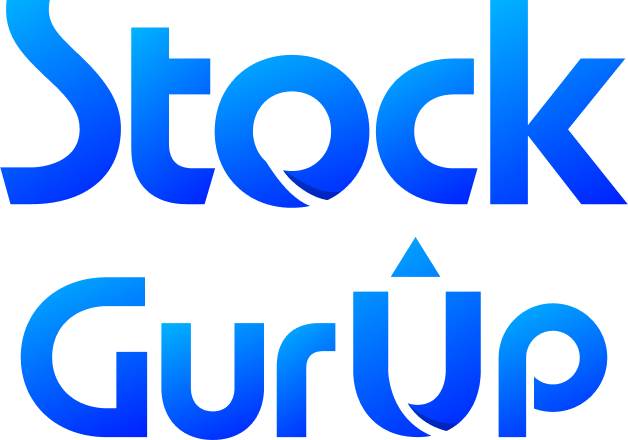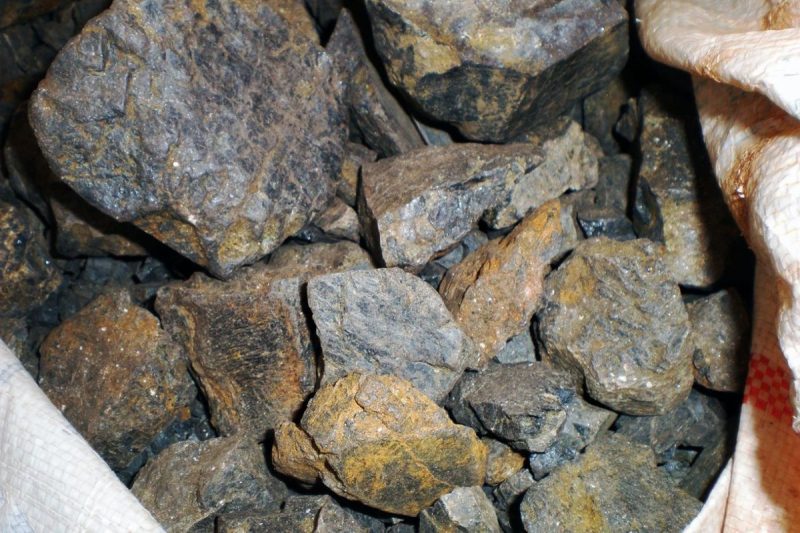You may not have heard of coltan, but it’s a key raw mineral whose components are found in everyday technologies from smartphones to laptops as well as advanced medical equipment.
However, the supply chain for the black metallic mineral has faced controversy given that the vast majority of coltan comes from the Democratic Republic of Congo (DRC), an African nation that was locked in civil war in the past, with unrest still continuing today.
Coltan is one of the mineral resources that is playing an important role in the technological revolution. As demand for coltan and the metals inside it grows, understanding its value in the global supply chain and our daily lives is important. Here are five coltan facts you should know.
1. What is coltan and where is it mined?
Short for columbite-tantalite, coltan ore itself hosts columbite, also known as niobite, and tantalite, which contain the technology elements niobium and tantalum respectively.
Brazil, Canada and the Democratic Republic of Congo are the leading producers of niobium, with Brazil making up about 90 percent of global production alone. Brazil’s niobium production has ramped up significantly in recent years. The country hosts significant coltan reserves, and is the third largest producer of tantalum.
The Congo is the global leader in tantalum production by quite a large margin, but it is not the only country in Africa where coltan is found. Rwanda, located next door in Central Africa, holds second place for tantalum production and also hosts significant coltan reserves. In the two nations, coltan is generally mined via artisanal operations.
Unfortunately, Rwanda was involved in a bloody civil war that resulted in violence and instability. There has been widespread speculation, including by the United Nations, that some of Rwanda’s mineral production comes from smuggling in resources from other countries.
The aftermath of war has left both the DRC and Rwanda vulnerable to militia and other groups that often fight over control of the valuable mineral resource sector. We discuss coltan’s conflict mineral status in depth in number 5.
2. What is coltan used for?
Coltan and its elements niobium and tantalum, have a wide variety of uses in today’s economy, including in electronics, steel and medical devices. Although they are often found together, each have very different properties and applications.
As the US Geological Survey notes, tantalum is key for the world’s electronics industry. The majority of tantalum is used to manufacture electronic capacitors, a fundamental component of smartphones and other in-demand electronics. Tantalum is extremely ductile and can be drawn into a thin wire, and its high thermal and conductivity properties make tantalum heat resistant powders especially useful in electronics. Because it causes no immune response in the human body, it is used to make surgical appliances, as a replacement for bone, as a connector of torn nerves and as a binding agent for muscles. Meanwhile, niobium is used worldwide mainly in high-strength, low-alloy steels.
3. Why is coltan used in electronics?
Tantalum, after its extraction from coltan, is used in electronics due to its high density, superior conductivity and excellent thermal properties. All of these properties also allow for electrical charges to be easily stored in small capacitors. The metal has contributed exceedingly to the miniaturization of small electronic devices such as cell phones.
Tantalum is also in high demand for use in high-performance technologies where power failure is not an option. Hence, the automobile, satellite, aerospace, military equipment and medical device sectors represent significant end markets for the metal. The battery industry is another key market for tantalum, due to the metal’s ability to enhance energy density.
4. How is coltan mined?
Nada B / Shutterstock
Coltan is found in pegmatite ore bodies, which are mapped and mined by teams of artisanal miners. They use several methods to process the ore, depending on the equipment available at the mining site, with the most common processing techniques being sluicing and panning. In panning, the rock and sand are panned and filtered until the coltan mineral sinks to the bottom.
Much of the labor is manual and conditions are harsh. It is not only adults working as artisanal miners; often, children and teenagers are used as child laborers in the mines.
5. What is conflict coltan?
Conflict coltan refers to what many investors are no doubt aware of: tantalum’s conflict mineral status. There have been reports that neighboring countries in Central Africa, including Rwanda, Uganda and Burundi, have smuggled Congolese coltan to fund conflicts in the region, although all countries deny that is the case.
In May 2024, the DRC accused Rwanda of using the rebel group M23 to steal its mineral resources after the group took over a coltan mining town in the Eastern Congo.
‘Rwanda is the preferred route for the illicit trade in these minerals, primarily coltan,’ according to a 2023 investigative journalism article published by the Pulitzer Center. ‘Unlike the Congolese government, it does not tax mineral imports and the country’s legislation allows imported goods to be recognized as Rwandan goods if they undergo further processing in the country with at least 30% added value.’
So where does all of this coltan end up? Its path is hard to trace, but regulatory authorities are doing their best to ensure that electronics corporations are not funding conflict in the Congo by buying coltan and thus contributing to human rights violations through their exploitation of natural resources. However, not all electronics companies are transparent about their supply chains.
The US Securities and Exchange Commission’s conflict minerals law, part of the Dodd-Frank Act, requires publicly traded manufacturers to disclose to investors whether any of the tantalum, tin, tungsten and gold (3TG) used in their products may have originated in the DRC. Taking it a step further, the European Parliament voted in May 2015 to move to ban all products containing conflict minerals. The new law came into effect in January 2021.
There has also been a push towards holding mining companies accountable for the integrity and validity of their supply chains. This has led to talks about integrating supply chain due diligence through the blockchain and increasing government intervention to better monitor and control the sourcing of coltan and its by-product metals.
Intel (NASDAQ:INTC), which uses the metal in its manufacturing, is working to make the Rwandan tantalum mining industry more transparent, as is UK-based technology company Circular which has designed a blockchain tracing system to help determine the origins of tantalum produced in Rwanda.
However, there has been a lot of criticism of the Dodd-Frank Act in recent years, namely that it places most of the onus on private companies to regulate their own supply chains, without providing clear guidelines for how to accomplish such a complicated feat.
Other developments include the US government’s December 2022 memorandum of understanding with the DRC and Zambia that is seeking to ‘facilitate the development of an integrated value chain for the production of electric vehicle batteries in the DRC and Zambia, ranging from raw material extraction, to processing, manufacturing, and assembly.’
While both countries are major mineral producers, their mines are largely controlled by Chinese companies, and their resources are processed outside of Africa. If the agreement with the US goes through, it would open the door to domestic processing and development and serve as a way to counter China’s influence in the supply chain. However, there has been criticism of the US’ move due to the labor concerns in these countries.
The US is also involved in the development of the Lobito Corridor and the Zambia-Lobito Rail Line connecting the DRC and Zambia to Angola’s Port of Lobito. ‘When complete, the project is expected to reduce transportation time, lower costs, and decrease the carbon footprint associated with exporting metals and other products,’ the USGS reported.
Securities Disclosure: I, Melissa Pistilli, hold no direct investment interest in any company mentioned in this article.

